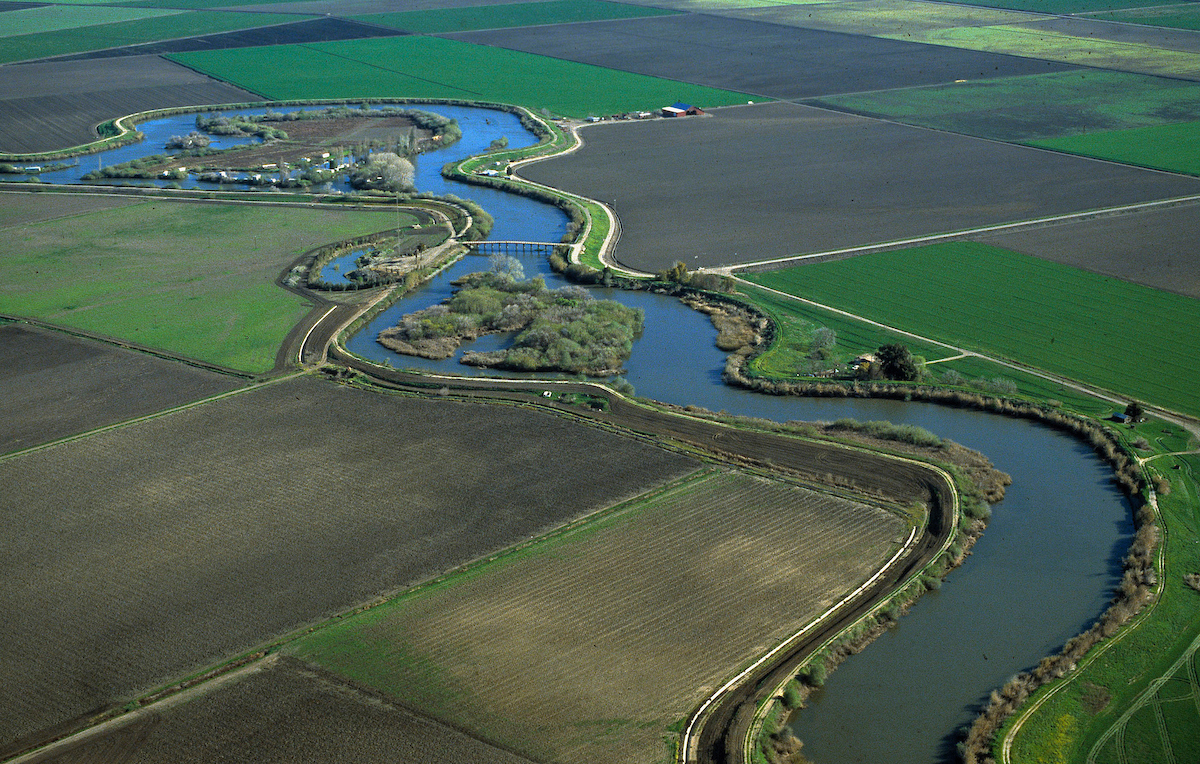Of Fish And Farmers

The San Francisco Chronicle published an interesting story this week about the co-existing of those who support protecting fish and keeping farmers happy. In California, that’s been a point of contention ever since the historic drought created a lot of tension and finger pointing.
Here’s the Chronicle with more about ways the two sides can find some common ground:
Farmers and California cities both benefit when fish populations rebound because regulations are reduced, allowing water to flow more securely and consistently.
For example, River Garden Farms created 25 fish habitat shelters made of almond trunks and walnut tree root wads. These were bolted to 12,000-pound limestone boulders and dropped into the Sacramento River near Redding. The roots and branches are designed to help juvenile winter-run chinook to survive by serving as a shield against swift river flows and predators. These habitat improvements paid for and implemented by a farm hundreds of miles to the south will allow the salmon more time to mature and grow before making the 300-mile journey to the Pacific Ocean.
River Garden Farms’ project couldn’t have come at a more important time. According to a recent study by the UC Davis Center for Watershed Sciences and California Trout, the winter-run chinook salmon is teetering on the edge of extinction. In the mid-1970s, winter-run chinook salmon totaled 25,000. The latest population count: 1,504.
But there is hope a recovery is just beyond the river bank. A survey in August conducted by wildlife biologist Dave Vogel reveals a large school of juvenile salmon have taken to the tree roots. In just three months since the tree roots were placed in the river, salmon are finding a refuge and the populations appear to be improving.
Through collaborative projects such as this one, we have a shot at reversing these dire downward population trends. But such an outcome is not just for farm communities, or the commercial fishing industry, which operates heavily around the San Francisco Bay coastline, relies heavily on healthy fish populations for survival and expects to have its worst year ever. Projects like the salmon shelters in other key rivers throughout California can help ease the financial burden these fishing families are facing.



